
Research & Initiatives
Chemistry & Biochemistry Research Opportunities
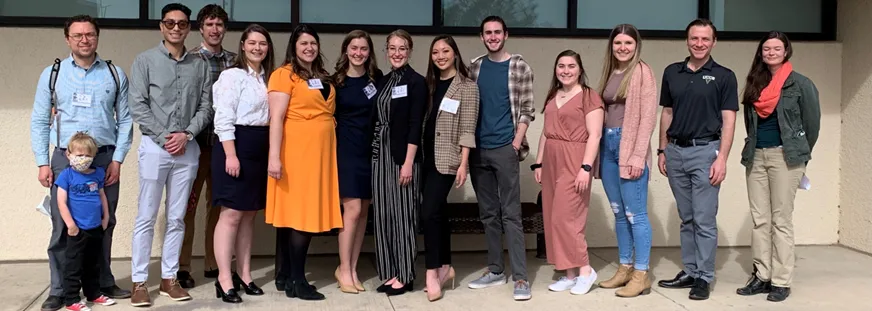
All Chemistry and Biochemistry majors, particularly those pursuing BS degrees, should consider doing research. Opportunities are available in the areas of analytical chemistry, biochemistry, chemistry education, computational chemistry, inorganic chemistry, organic chemistry, and physical chemistry. Generally, several credit hours of upper division electives can be satisfied by registering for our research course: CHEM 4904.
Research activities going on in our faculty members' labs are described below. Please contact faculty members directly if you are interested in working in their labs.
Analytical Chemistry
Current research interests include the development of quantitative methods for the analysis of pharmaceuticals, personal care products, and nanomaterials in foods and environmentally relevant samples. Of particular interest is the interaction and effect of food components (such as polyphenolics or similar antioxidants) on the stability and bioavailability of such environmental pollutants.
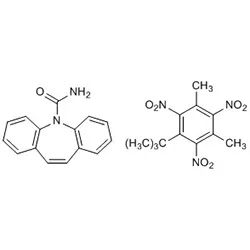
Biochemistry
The organization of a eukaryotic genome in the nucleus is critical for its function, as numerous DNA-templated processes depend on the correct folding of the chromosomes. However, little is known about how this folding occurs. Using the filamentous fungus Neurospora crassa, the Klocko lab is assessing the molecular determinants of eukaryotic genome organization to understand genome function. Neurospora hierarchically organizes its genome: chromatin fibers form loops comprising Topologically Associated Domain (TAD)-like structures, which organize fungal chromosomes in a Rabl conformation. Another hallmark of eukaryotic genome organization is the segregation of silent, compacted DNA (heterochromatin) from gene-rich, active DNA (euchromatin). Current projects in the lab include assessing changes in histone post-translational modification (PTM) enrichment and examining other (epi)genetic determinants to understand genome topology and gene expression.
70% of pharmaceutical drugs target membrane proteins, yet the knowledge of membrane structure lags far behind what we know about the structure of proteins and nucleic acids. Our research focuses on learning about the structure of proteins that interact with membranes, particularly focusing on protein families that are difficult to capture due to their dynamic behavior at membrane surfaces. The broader impact of this research is to build foundational knowledge about protein/membrane interactions that will lead to being able to control cell behavior and develop drugs that target membrane proteins. To explore these questions, we use in vitro biophysical methods and molecular dynamics computer simulations. Read more about ongoing research projects, students, and community outreach.
The complement system of the immune system is a tightly regulated series of protein-protein interactions resulting in an immediate and lasting immune response regulated in part through complement receptor 2. The Kovacs laboratory focuses on complement receptor 2, its role in cellular interactions important for normal immune response, and its involvement in viral infection and life cycles. The long-term goals of the laboratory are to merge biochemical, biophysical, and structural studies to create potential novel therapeutics and vaccines.

Chemical Education
Dr. Weiss’ current research involves chemical education, a research division of the national organization the American Chemical Society. Current projects focus on active learning in chemistry courses and the interaction between problem-solving, recitations, and lectures, particularly using learning assistants.
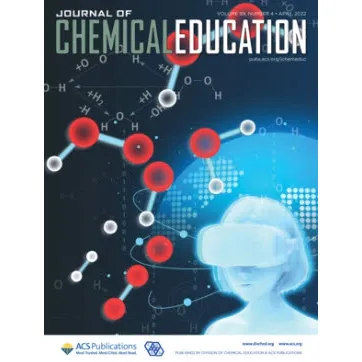
Computational Chemistry
The Morgenstern lab focuses on using electron charge density to better understand and design molecules, materials, and enzymes. The most fundamental component of this research is the development of gradient bundle analysis, an extension of the quantum theory of atoms in molecules (QTAIM) that extracts detailed structure from the topology and geometry of the charge density. Current work investigates how electric fields rearrange the charge density to catalyze reactions and control product selectivity. Additional projects include proposing drug candidates to treat Human African Trypanosomiasis using molecular docking and QTAIM, as well as computationally investigating unique experimental spectroscopy results for tetramine molecules.

Inorganic Chemistry
Light-initiated photochemical reactions have played an essential role in the Earth’s geological and biological development. Our research group has a defined narrow scope in the design and synthesis of photosensitizing supra-molecular structures that serve as light-harvesting (antenna) structures. The molecules we synthesize also possess remote bonding sites that can dock to a desired (molecular) machine and release the collected energy to drive a desired outcome. Application of this class of supramolecular photosensitizers encompasses diverse fields from photodynamic therapy to efficient solar cells.
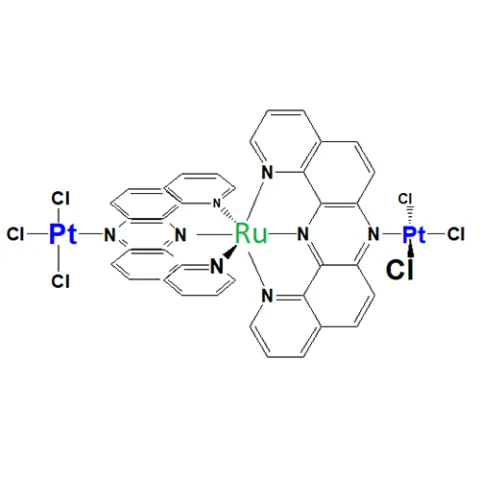
Organic Chemistry
Dr. Schoffstall's lab research is in the area of synthetic organic chemistry that features modern methodologies using transition metal catalysts to produce polycyclic organic compounds that have specific spatial relationships. Another goal is to produce synthetic analogs with the potential for application to new routes to medicinal compounds. Our pedagogical laboratory research has led to the publication of an organic laboratory text, now in its second edition. We have received support from the NSF for laboratory innovations centered on guided inquiry learning. These changes have helped modernize our laboratory curricula and updated our laboratory instrumentation in the undergraduate laboratory program.

Physical Chemistry
Dr. Tvrdy’s research interests lie in the synthesis, purification, and characterization of low-dimensional materials and their use in novel devices. Of particular interest are the optical and electronic properties of single-walled carbon nanotubes (SWNTs) and semiconducting quantum dots (QDs).
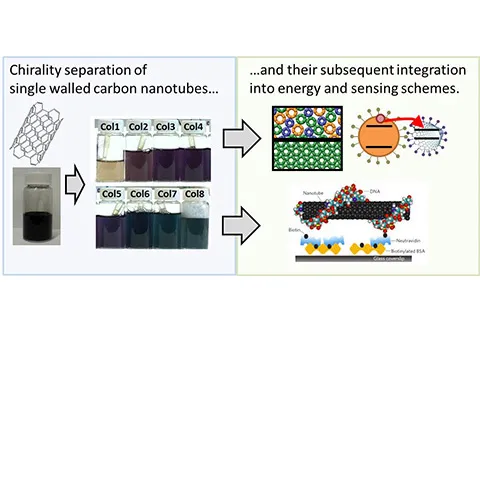
ACS & NSF

Faculty in the Department of Chemistry & Biochemistry continually pursue funding for teaching and research, including NSF Research Experiences for Undergraduates. Listed below are grants funded by the National Science Foundation and projects with the American Chemical Society.
Resources
ACS Books - NMR Spectra Database
A web site devoted to NMR spectra that mentors can assign NMR problems to their students to solve as unknowns.
NSF - MRI Grant
This MRI grant supported the purchase of a high performance liquid chromatograph with a photodiode array detector and triple quadrupole mass spectrometer (LC/MS/MS), which is the first instrument of its type to be housed at a university in southern Colorado.
NSF - NMR Project
Guided Inquiry Experiments with Fourier Transform NMR Spectroscopy (FT-NMR)
Guided inquiry experiments were developed for introductory general and organic chemistry courses that use NMR spectroscopic analysis as an integrated hands-on method that provides evidence essential for reaching conclusions from the experiments.
NSF - REU Project
Green Chemistry in Colorful Colorado
NSF Research Experience for Undergraduates (REU) Program NSF CHE-1156932
This REU program promotes summer research projects in green chemistry for students from other institutions.